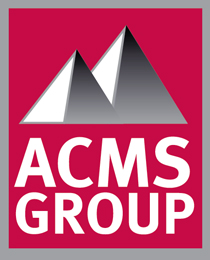Damaged concrete often degrades and could become a serious problem. Concrete foundations, pads, and support structures might weaken and compromise a building’s structural integrity.
Concrete can suffer many types of damage, including chips, cracks, and broken sections that compromise the integrity of concrete driveways, walkways, and steps.
Fortunately, you can often fix the damage with various potential concrete repair techniques. Here is a closer look at common repairs for different types of concrete cracks and other types of damage.
Cracks Are the Most Common Type of Damage
Cracking occurs because concrete has a low tensile strength. Many cracks arise because of heat expansion. When the hot sun or another heat source causes the concrete to heat up, it can expand and develop cracks.
Those cracks can also let water seep into them and freeze during cold weather. Freezing water turns into ice, which expands and makes concrete cracks even worse. It is exactly the same process that creates potholes in roadways.
Concrete also might crack due to pressure from above and below, or the side could cause the concrete to develop small cracks. If ignored, those small cracks could become large ones and lead to further damage to property.
Some concrete will crack due to shrinkage while drying and curing. Formally called “plastic shrinkage,” the problem occurs while the concrete is still wet and in its “plastic” state. Poured concrete is wet and, therefore, larger because of its water content. As it dries, it will shrink in size but might develop cracks as it shrinks and develops pressure on the substrate.
Identify the Cause of the Damage
Because different types of concrete cracks could affect structural integrity, it is important to repair them quickly and correctly. When using the proper concrete repair techniques, the cracks become strong again.
You can fix many cracks by using a concrete router to remove weak areas while creating a wider opening for laying sealant. The sealant will hold the concrete together and stop the crack from becoming worse. The sealant also helps to make the surface relatively smooth again.
Before you perform any concrete repairs, you need to identify the cause of the damage. The earth beneath the concrete might have settled, heavy vehicles might regularly pass over it, or maybe something else is causing the problem.
You might have to remove some of the concrete and fill in a hollow spot where the ground settled. You might have to remove and replace some rebar and concrete. A badly deteriorated concrete step might need to be repoured.
Call the Concrete Repair Specialists
If you have damaged or cracked concrete, call the ACMS Group in Valparaiso, IN, to inspect the damage and determine the best repair techniques. You can also stop by our storefront to schedule a concrete inspection and get a free estimate. We are open from 7:00 a.m. to 4:30 p.m., Monday through Friday.
